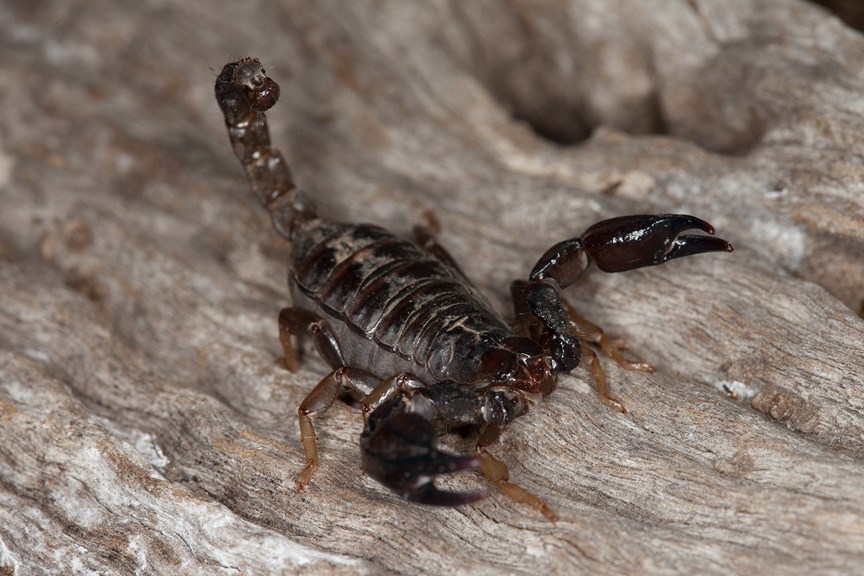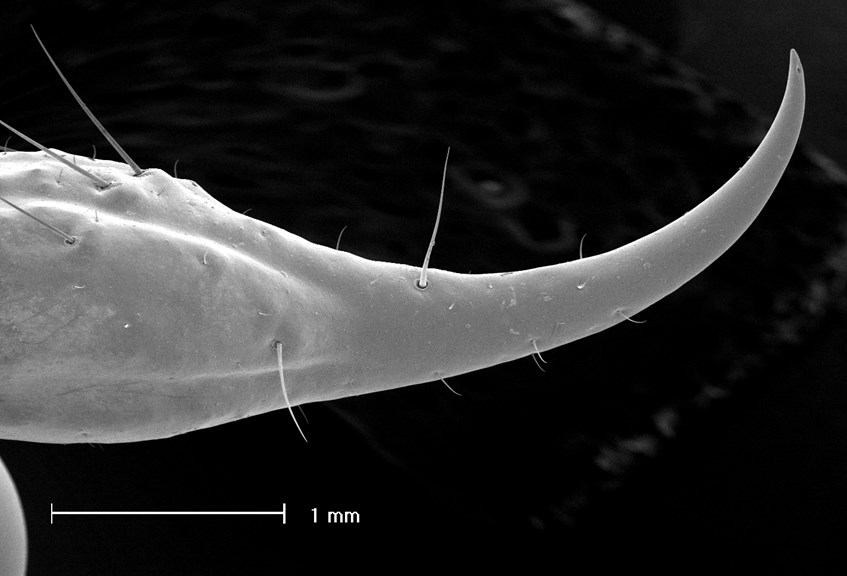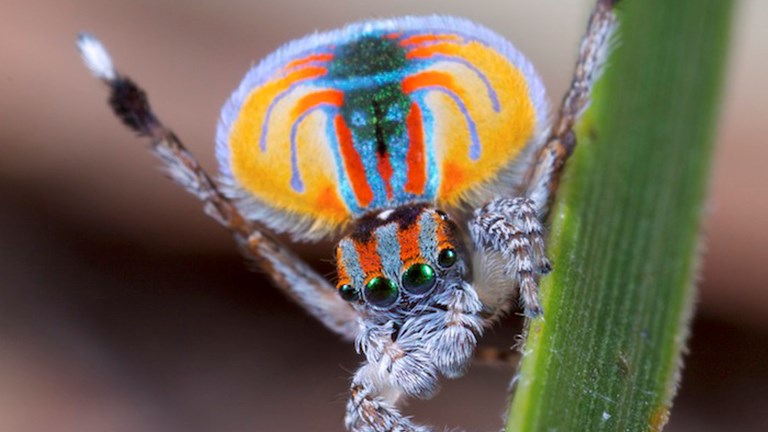Scorpion facts and fallacies
Are scorpions deadly? With sharp pincers and a stinging tail, it’s no wonder they make us nervous. But how dangerous are scorpions, and do they really glow?
We’ve examined some common scorpion facts and fallacies. While they may scare us, these incredible creatures are important predators, glowing marvels and exceptional mothers.
Are all scorpions dangerous?
All scorpions have a venomous sting. But what are the chances of being stung by a scorpion?
Several thousand people die each year from scorpion stings, but this mortality is due to the venom of about 25 species located in northern Africa, the Middle East, India, Mexico and parts of South America.
None of these potentially lethal scorpion species are in Australia.
Australian scorpions can inflict painful stings that result in swelling and pain for several hours, but there have been no confirmed human deaths from Australian scorpions.
If you are stung by a scorpion, you should still seek medical advice.
How does a scorpion sting?
A scorpion’s venomous sting is located at the tip of its long tail, while the scorpion uses its pair of large pincers to catch prey.
While most people would like to keep their distance from the stinger, scorpion venom is fascinating. For researchers, studying the composition of scorpion venom could even unlock new potential in drug development.
Where do scorpions live?
It’s easy to imagine the scuttling shape of a scorpion silhouetted in the heat haze of sparkling desert sands. But not all scorpions live in deserts.
While arid and semi-arid deserts do have the largest number of scorpion species, many scorpions call cooler and wetter habitats home.
There are nine known species of scorpions found in Victoria.
Do scorpions glow in the dark?
Yes!
The glow is because of the scorpion’s tough exoskeleton—it’s more than just body armour.
The exoskeleton includes a mix of complex sugars and waxes that act as in-built waterproofing.
This waterproofing also happens to fluoresce in the dark when exposed to ultraviolet (‘black’) light!
Do scorpions sting themselves to death when confronted with fire?
No.
Scorpions, like all animals, panic when confronted by fire and thrash their tail around.
Wouldn’t you?
How do scorpions reproduce?
Scorpions do not mate directly, but the male deposits a packet of sperm on the ground and guides the female over it by holding her pincers with his pincers. The dance is called the ‘promenade à deux’, meaning ‘a walk for two.’
The sperm package is picked up by the female genital opening during this dance.
Do scorpions carry young on their back?
Humans and scorpions don’t seem to have a heap in common. But we do have at least one thing: We give birth to live young.
Scorpion mothers are particularly exceptional carers, carrying their newborns around on their back for up to a month depending on the species.
What do I do if I see a scorpion?
Like any wild animal, the best thing to do is to leave it alone.
As both predator and prey, scorpions are doing their part in the ecosystem as a vital part of the food web.
Best to let them go about their day and acknowledge their wondrous adaptations from afar.
Discover a world 4 billion years in the making. Visit the Our Wondrous Planet exhibition at Melbourne Museum and experience the incredible connections that unite all life on Earth.
Further Reading
- Keegan, H. L. 1980. Scorpions of medical importance. University Press of Mississippi: Jackson.
- Lawless, P. 1998. Lo! what light ... Wildlife Australia 35 (2):17-20.
- Locket, A. 1994. Night stalkers. Australian Natural History 24(9):54-59.
- Polis, G. A. (ed). 1990. The biology of scorpions. Stanford University Press: Stanford.
- Walker, K. L., Yen, A. L. and Milledge, G. A. 2003. Spiders and Scorpions commonly found in Victoria. Royal Society of Victoria: Melbourne.
Resources
Museums Victoria Collections, Victorian scorpion and pseudoscorpion species profiles
Museums Victoria App: Field Guide to Victorian Fauna
Atlas of Living Australia: Explore your area











